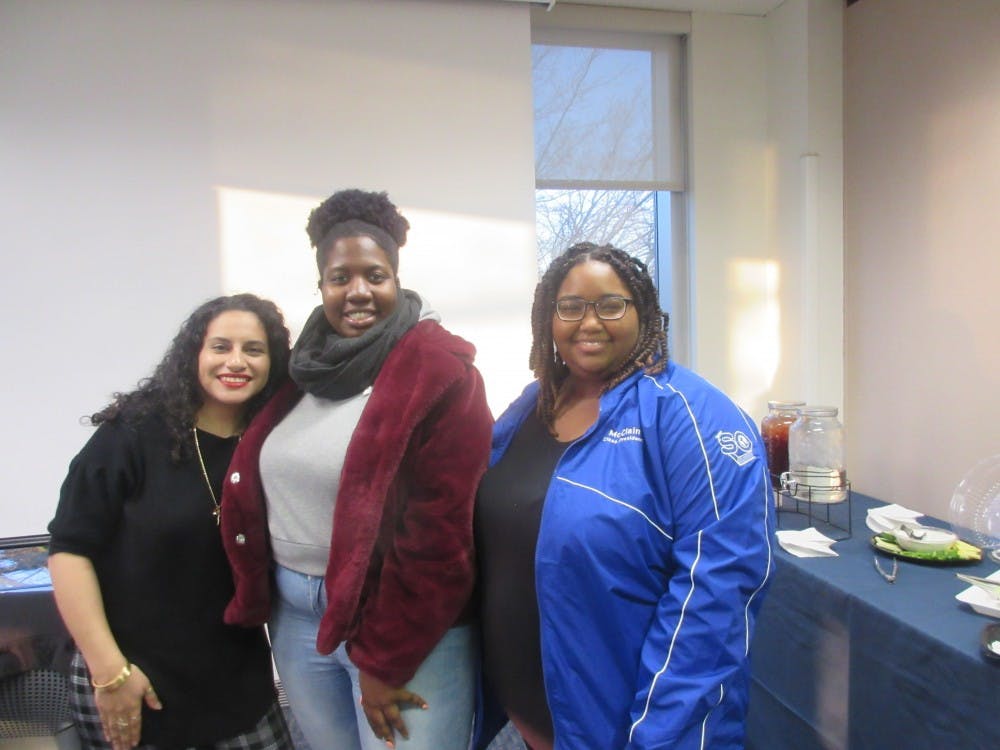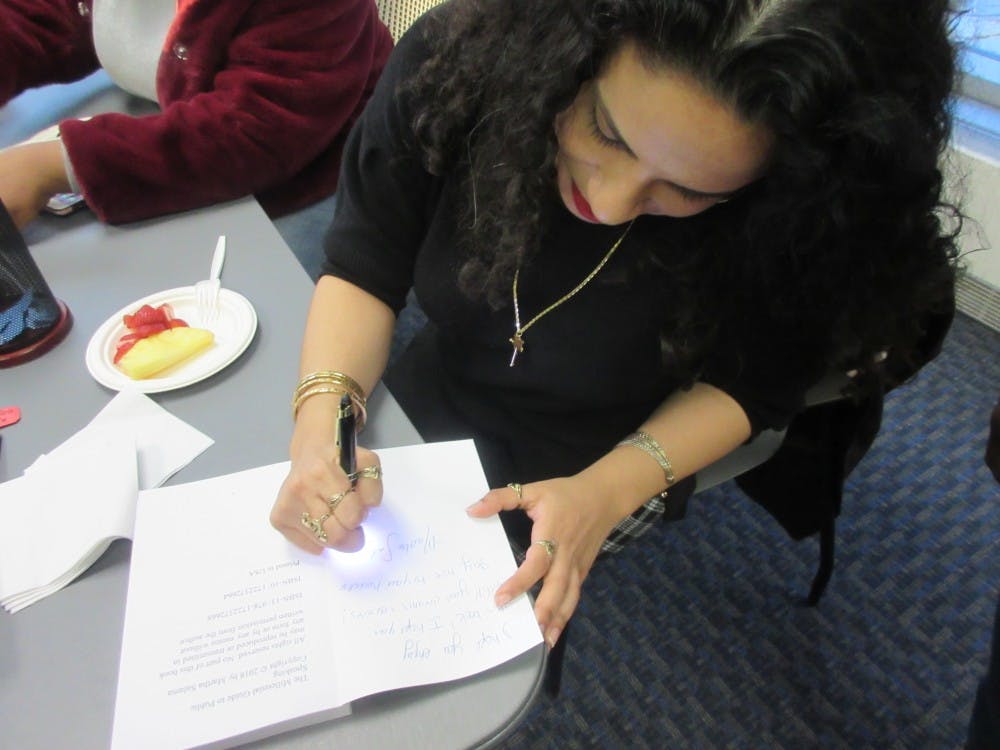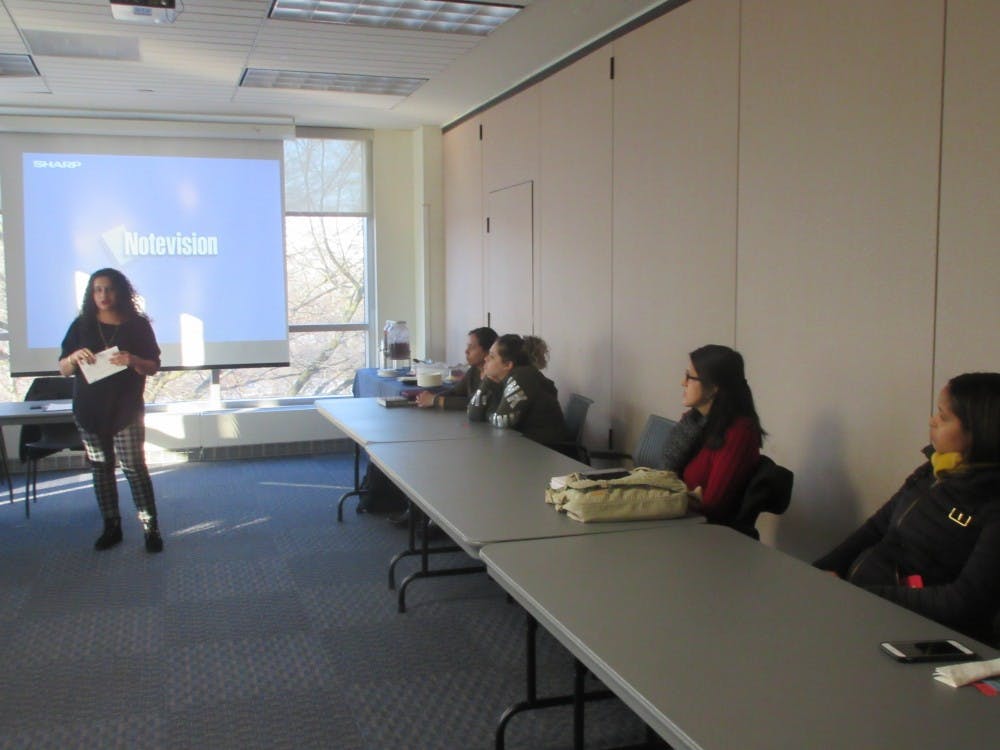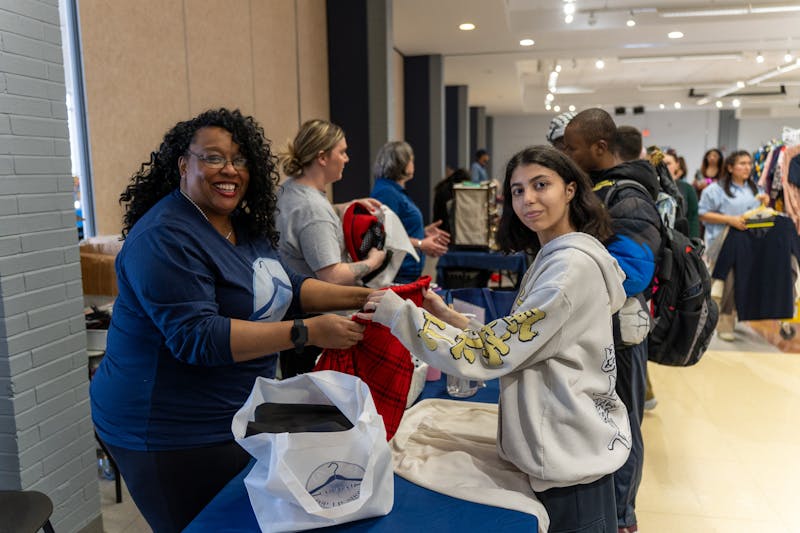One issue that is prevalent in college students is the fear or inability to interact with peers. Many students find this intimidating, yet in order to succeed in today's society it is a vital skill to have. To help combat this issue, the Student Organization Class of 2019 hosted a professional development workshop March 5 titled, "When You're Not a People Person: How to Come Out of Your Shell." The intention of this workshop was to help students communicate more effectively and comfortably with those around them and ultimately help students understand others better.
This professional development workshop was led by Martha Salama, a part-time communications professor here at Kean. Additionally, Salama works at Kean for the McNair Scholars Program, and she is also an author of two books, "I'll Carry You" and "The Millennial Guide to Public Speaking." She is currently studying for her Ph.D. in social and community services, as she claims to love working with people and the community.
Salama began the workshop with defining the terms introvert, extrovert and ambivert. These are three different personality types which everyone can be categorized as. They explain how people interact with others, themselves and the world around them. Being able to understand these three types of personalities will help one better comprehend how to communicate with and understand others.
She described introverts as people who are usually quiet and keep to themselves more. Introverts are more likely to think and listen, as their communication style is more focused and slower than others. They want to be able to think about their words to ensure that they say the right thing. Additionally, introverts like being in solitude and usually feel as if they need to be alone to recharge.
Salama also described what an extrovert is, which is on the other side of the spectrum of introverts. Extroverts thrive off being surrounded by people. They usually do not have doubts about conversing and interacting with others, as they love to talk. They are more likely to actually do rather than simply think about doing.

Somewhere in the middle of the introvert to extrovert spectrum lies the ambivert, which is a mix of the two. This is someone who shares the qualities of both an introvert and an extrovert. For example, it may be someone who loves being surrounded by others, but at the same time still feels uncomfortable communicating.
In most situations, Salama explained that the extroverts are usually the ones aiding the introverts in opening up. She gave tips on how one can make introverts feel comfortable. For example, it is important not to interrupt an introvert, as they will feel as if what they're saying is simply being overlooked. Additionally, it is important to make the other person feel comfortable, because one may not open up if they are not comfortable. One can achieve this by relating to them through one's own personal experiences. If one opens up about themselves first, then the other person will be more comfortable with opening up as well.
Other tips that Salama gave included meeting in a quiet, more personable place as many people feel uncomfortable in busy, loud environments. Also, to keep the conversation going one can try asking questions to keep the other party engaged. Overall, Salama said that one of the most important things is to never ask someone why they are quiet, as that will not make them want to open up, rather it will deter them from the interaction.
Next, Salama gave advice on how introverts can open up to people and not feel so uncomfortable. She suggested that if one cannot think of how to continue a conversation, to look at one's surroundings and make observations to spark conversations. Also, think of the similarities between both parties and ask open-ended questions to keep the conversation flowing. Also, she recognized that introverts are going to feel out of place; however, it is important to step out of one's comfort zone sometimes.

Salama wrapped up the professional development workshop by saying that we need to "accept people for who they are. Appreciate them."
"Always ask questions, reflect on yourself and provide more personal experiences. It shows more that you appreciate them, relate to them and that you would love to talk more about them. Always show them that you're always still there with them," Salama said.
After the workshop was completed, attendees were able to reflect on the presentation between each other. Some even got to practice the new techniques that Salama had just mentioned. Additionally, two books were raffled off to the students that attended the workshop. Overall, students gained an understanding of how to comfortably converse with their peers, which is a skill that will follow them for the rest of their lives.
Furthermore, the Class of 2019 is always hosting events for the betterment of the Kean community. For more information, visit their Cougar Link page under "Events" to learn about other similar opportunities.







